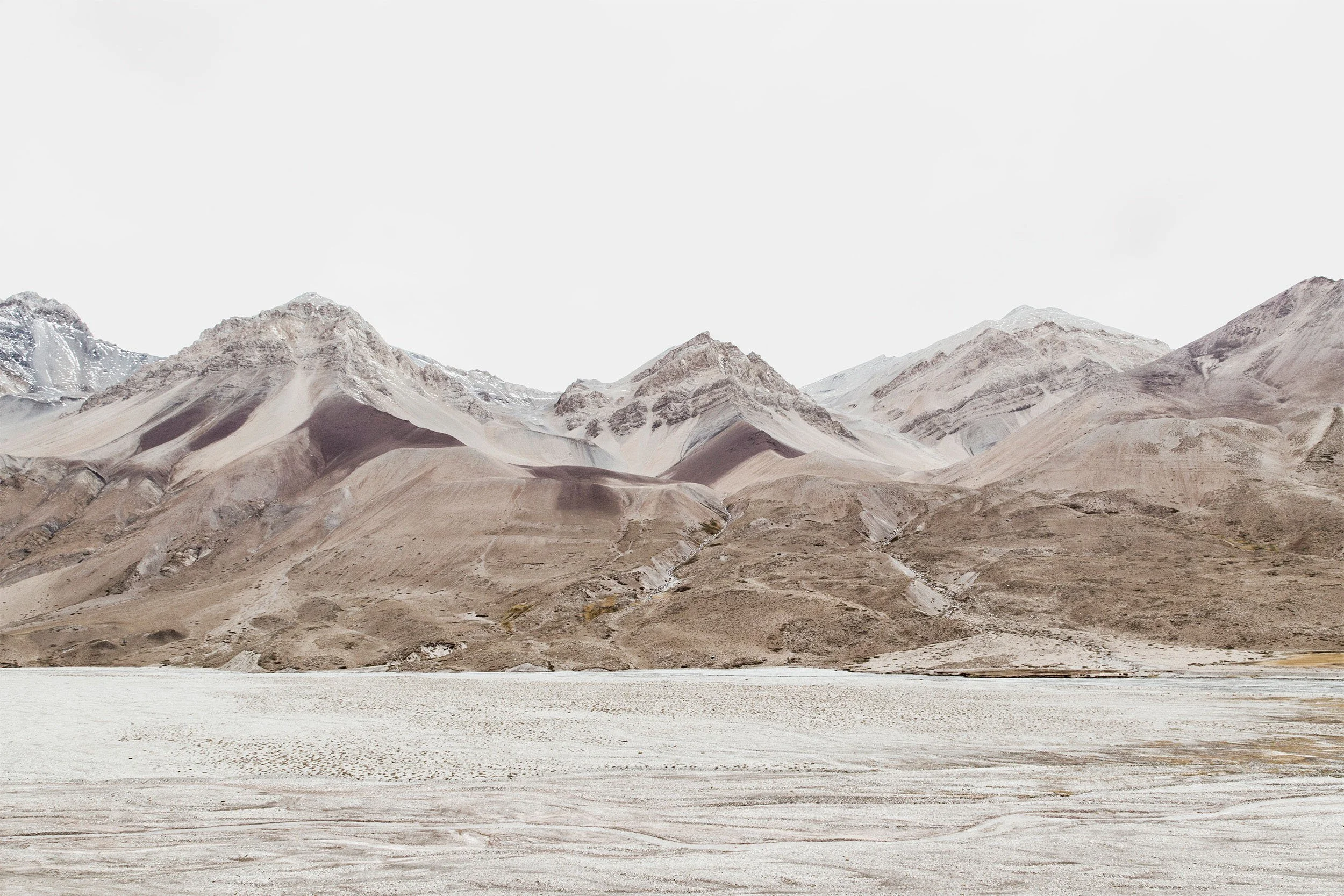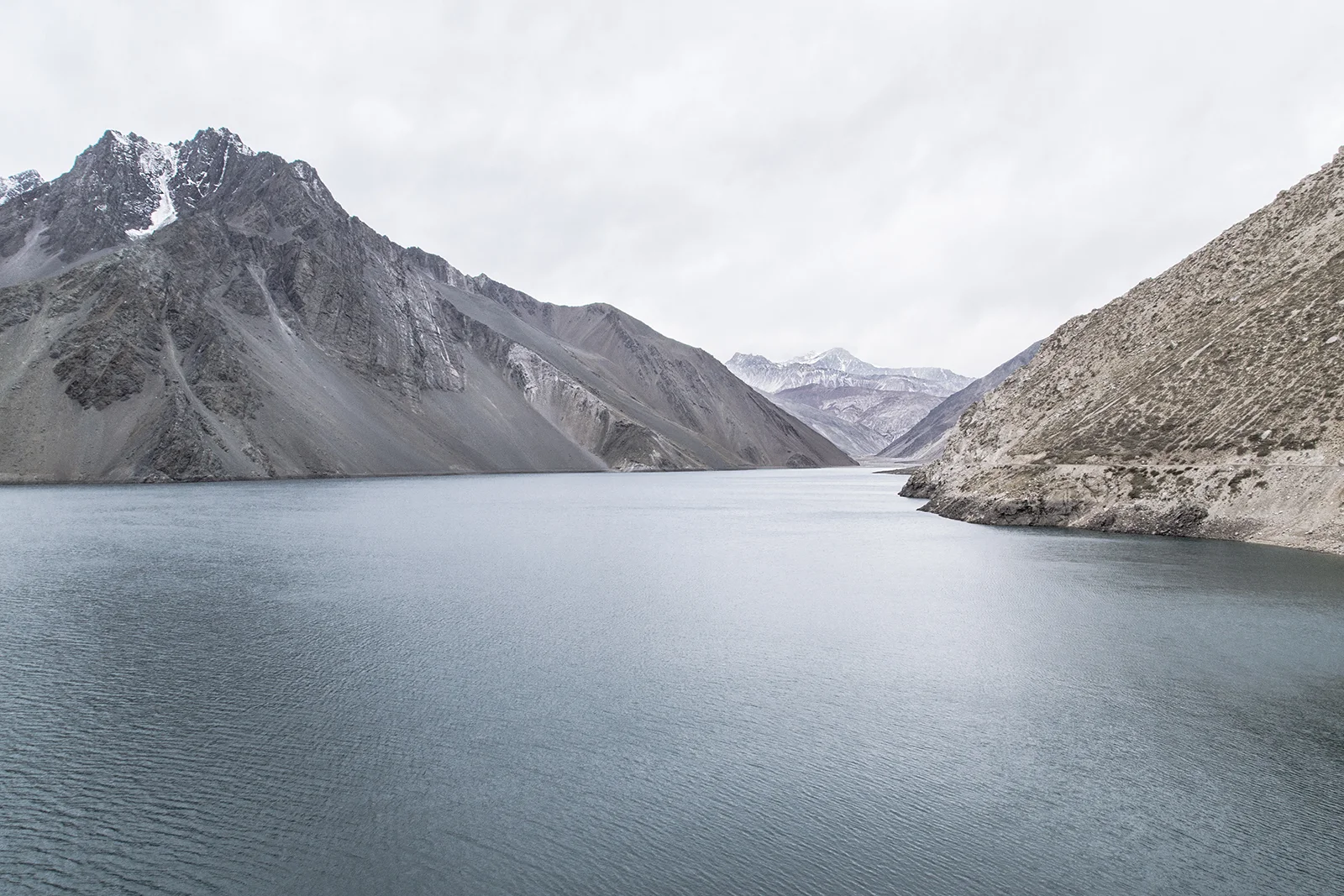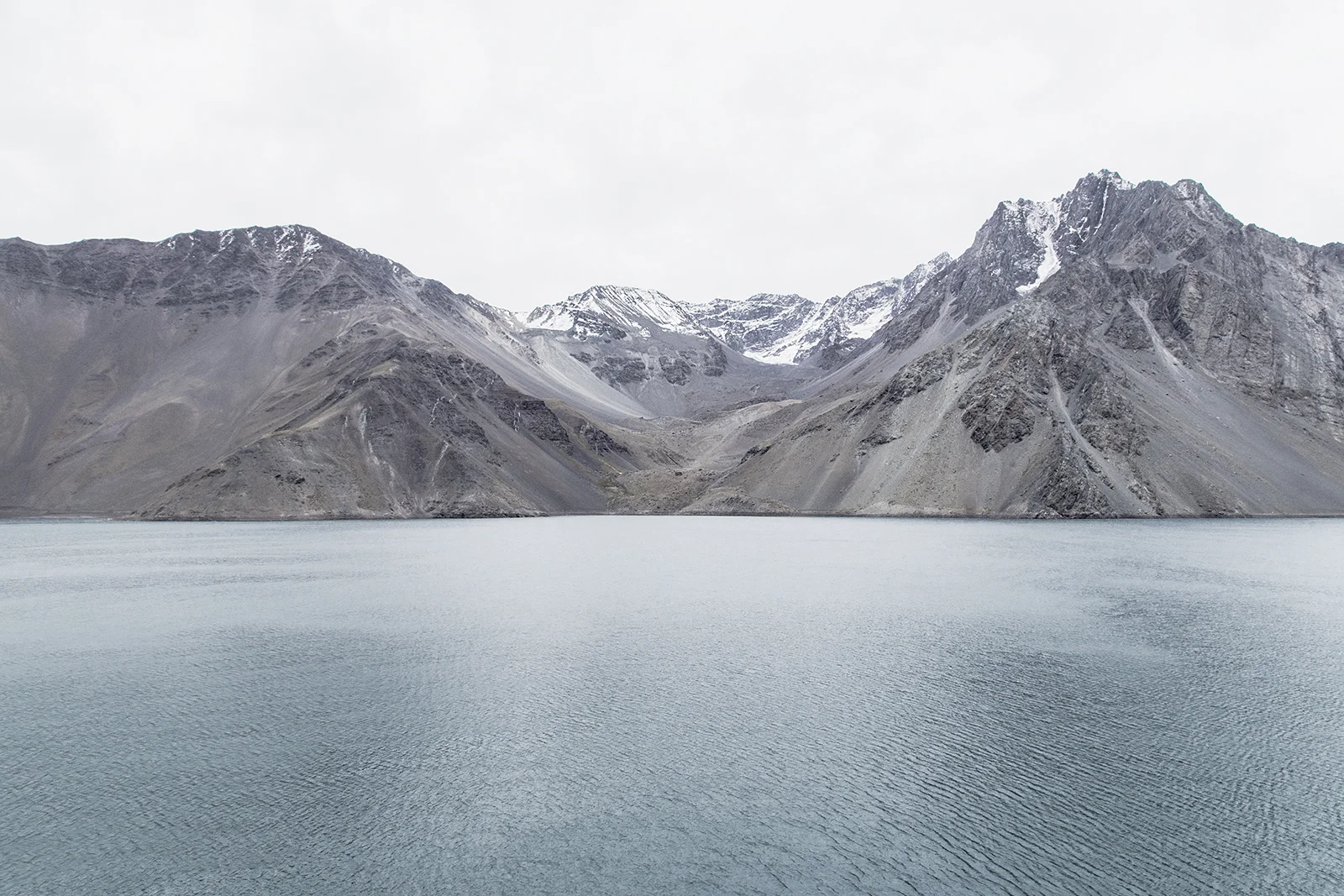Chile in Extremes: From Breathtaking Landscapes to Unforgettable Discomfort
The first thing I noticed when I landed in Santiago was a large photo panel at the airport that read, “Chile is a country of contrasts.” At the time, I thought of colors — vivid reds, endless blues, earthy browns. I didn’t know yet that those words were less of a slogan, and more of a warning.
A few hours later, we were driving through the winding roads of San José de Maipo, about two hours from Santiago, pushing farther into Cajón del Maipo. Time began to blur, the road turned to dust, and nature unfolded with an almost theatrical drama at every curve.
Then came the contrast.
The temperature dropped fast. The air was thin, dry, and bitingly cold. We walked against an icy wind that tossed dust in every direction. Altitude sickness crept in quietly: headaches, shortness of breath, dry eyes, and strange symptoms I couldn’t even name. But I was focused — I didn’t want to miss anything.
Layer by layer, I emptied my backpack — scarf, coat, water, camera, food. Everything became essential. Except gloves, which I had somehow forgotten. That mistake hurt.
And yet, the views made it all worth it.
We passed streams, valleys, snow in a season it shouldn't snow, wooden bridges, abandoned ruins, cliffs, and natural springs with water at 20°C. It was a strange, beautiful, and brutally honest place. Nothing filtered. Nothing easy. But everything intensely alive.
So yes — pain, unexpected symptoms, and pure beauty. That’s how I learned what “a country of contrasts” really means.
I’d go back in a heartbeat. Even if it meant another visit to the hospital in Santiago the next day. Some places demand that kind of respect.











